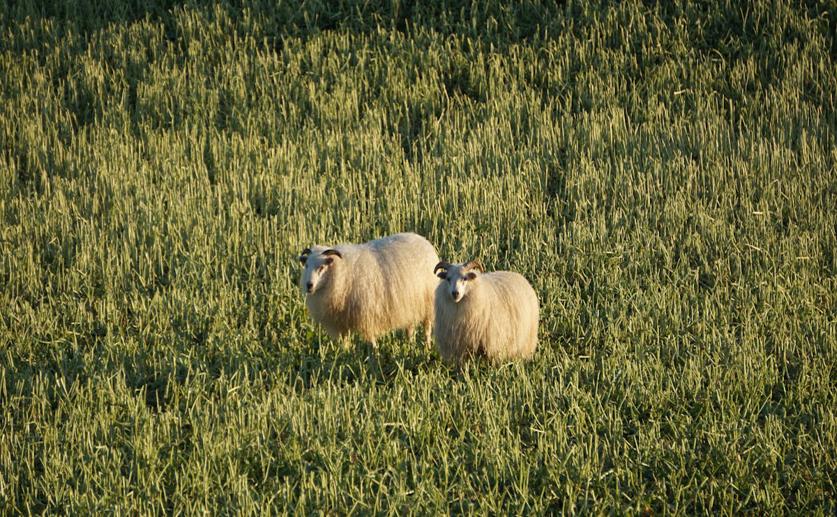
Understanding How Genetic Changes Affect Sheep Production and Adaptation
Greg Howard
22nd May, 2024

Image Source: Art Merikotka (photographer)
Key Findings
- The study from Universidad de León focused on identifying genetic regions in sheep linked to production and adaptation traits
- Researchers integrated data from multiple studies to confirm selective sweeps in the sheep genome
- Key traits linked to these genetic regions include increased wool and meat production and improved resilience to environmental stressors
AgricultureGeneticsAnimal Science
References
Main Study
1) Integration of selective sweeps across the sheep genome: understanding the relationship between production and adaptation traits
Published 21st May, 2024
https://doi.org/10.1186/s12711-024-00910-w
Related Studies
2) Convergent genomic signatures of domestication in sheep and goats.
3) Revealing the history of sheep domestication using retrovirus integrations.
4) Deleterious alleles in the context of domestication, inbreeding, and selection.



 31st March, 2024 | Jenn Hoskins
31st March, 2024 | Jenn Hoskins